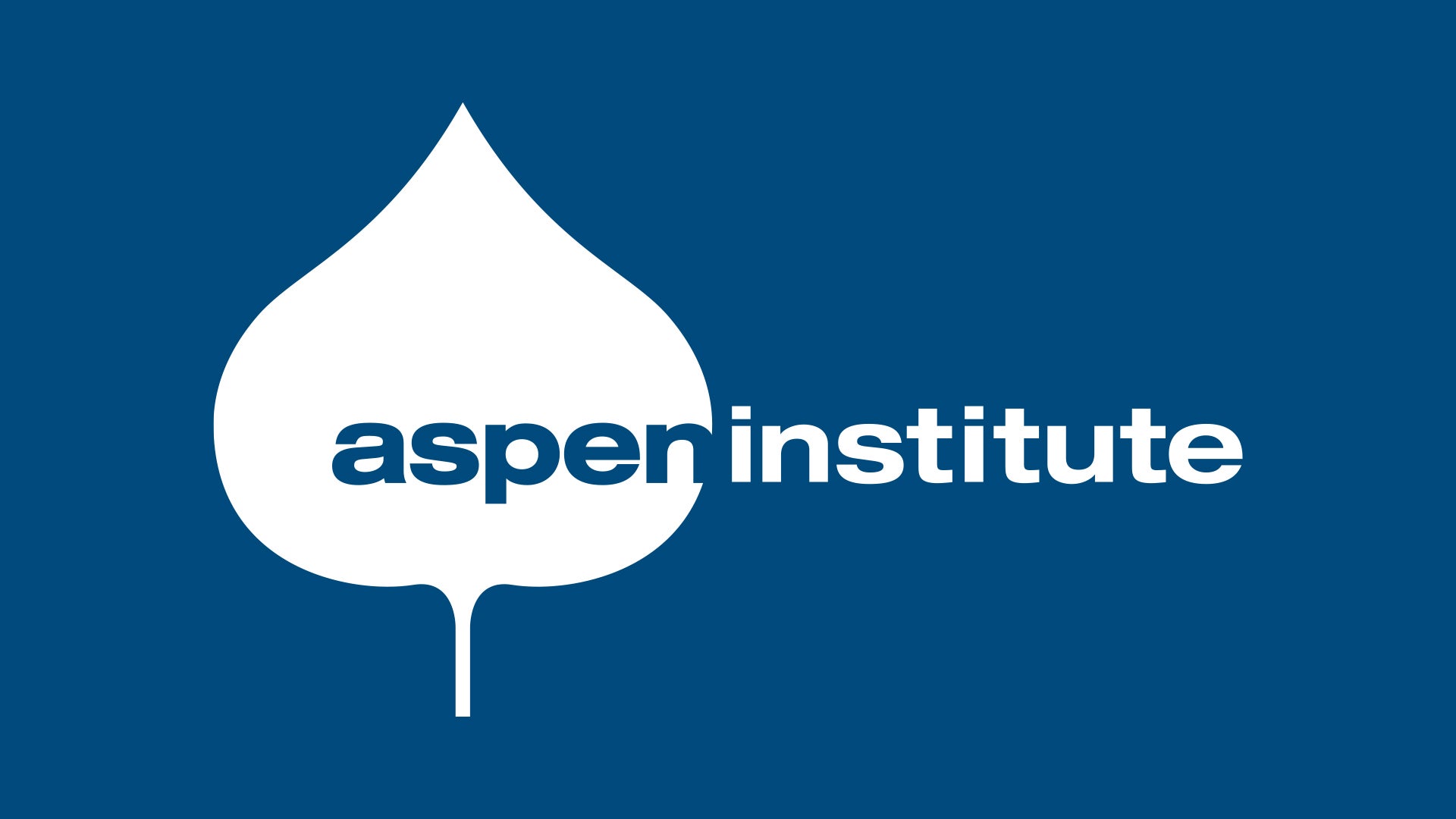Value Add Real Estate: How to Maximize Profit


A value add opportunity in real estate is a strategy. Investors buy properties that are not doing well. They make improvements to increase income, value, and overall returns. Value-add deals target buildings that need work. These buildings often have outdated interiors, bad management, or low rental prices. Instead of purchasing stable assets that are already improved, investors look for these opportunities. These buildings can be updated for higher profits.
The core objective is to increase net operating income (NOI). Property values in commercial and multifamily real estate depend on NOI and cap rates. Even small improvements can lead to significant increases in value. Raising rents by $100 per unit on a 20-unit property brings in an extra $24,000 each year. This increase adds about $400,000 in value at a six percent cap rate.
This ability to “force appreciation” instead of depending on market growth makes value add opportunities very appealing. Investors want strong risk-adjusted returns.
Value add projects improve both physical condition and operational performance. Common strategies include:
Renovate outdated interiors with new flooring, appliances, lighting, and countertops to justify higher rents
Enhance curb appeal with landscaping, exterior paint, signage, and parking improvements to attract stronger tenants
Add or modernizing amenities such as laundry facilities, gyms, dog parks, or package lockers
Reposition the property to serve a different tenant profile, for example targeting professionals instead of students
Optimize management to reduce expenses, streamline operations, and boost efficiency
By combining upgrades with operational improvements, investors create higher NOI, which increases property value and allows refinancing or profitable sales.
Not every property marketed as “value add” is worth the label. Some sellers use the term loosely to attract buyers. To identify real opportunities, investors must look for:
Strong locations in healthy rental markets with consistent tenant demand
Rents that are below market rate and have room for growth
Moderate deferred maintenance that can be resolved without excessive cost
Operational inefficiencies that can be corrected through better management
Clear, achievable renovations that align with tenant demand and budget
Major renovations already completed by the seller with little remaining upside
Severe structural issues, code violations, or environmental hazards that outweigh potential profits
Properties with poor layouts or unit mixes that cannot be fixed cost-effectively
Rent growth assumptions that are not supported by the local market
The best opportunities are underperforming properties in strong markets, where reasonable improvements can unlock significant upside.
The Property
An investor acquires an eight-unit multifamily property in a neighborhood with rising demand. Current rents are $800 per two-bedroom unit, while comparable buildings rent for $950. The property is listed for $600,000, or $75,000 per unit.
The Plan
The investor allocates $6,000 per unit, or $48,000 total, for interior renovations including updated flooring, modern appliances, new lighting, and countertops. Projected rent increases are $150 per unit.
The Results
New annual rental income: $91,200 ($950 x 8 x 12)
Operating expenses: $40,000
New NOI: $51,200
Property value at a 6.1 percent cap rate: approximately $839,344
The renovations create $239,344 in added value with only $48,000 invested. The payback period is just 3.3 years, well under the common four-year benchmark.
When It Doesn’t Work
If renovations cost $10,000 per unit but rents only increase by $40, the result is an $80,000 renovation with just $62,950 in added value. Instead of creating equity, the investor loses $20,000 and faces a 21-year payback period. This demonstrates why disciplined underwriting and realistic assumptions are essential.
Investors pursue value add opportunities because they provide:
Forced appreciation based on NOI improvements rather than speculation
Higher cash flow through justified rent increases
Faster equity growth compared to turnkey properties
Greater control over outcomes through proactive improvements
For many investors, value add strategies are the key to transforming a modest portfolio into long-term wealth.
Value add investing can deliver exceptional returns, but it requires careful execution. To maximize success:
Verify that the local market can support the rent increases you project
Align renovation costs with realistic returns and tenant demand
Calculate payback periods before committing capital
Avoid properties with structural or location issues that cannot be fixed
The most successful deals are those where targeted improvements create measurable increases in income and property value.
A value add opportunity in real estate is not about gambling on market growth. It is about making strategic, calculated improvements that unlock real wealth. By focusing on properties with untapped potential, disciplined investors can accelerate portfolio growth, strengthen cash flow, and build lasting equity.
If you want to learn how to find, analyze, and execute multifamily value add investments, download my free 200-page book on real estate investing. It covers everything from market evaluation to financing strategies and can help you start building lifetime cash flow through real estate.
What is a value add opportunity in real estate?
A value-add opportunity is a property you can improve through targeted renovations and better operations to increase net operating income, which raises the asset’s value and cash flow.
How does value add create appreciation?
Commercial and multifamily values are largely a function of NOI divided by the market cap rate. When NOI rises through higher rents or lower controllable expenses, value increases even if market cap rates stay the same.
What qualifies as a “real” value-add vs. marketing hype?
Clear rent gaps to market, solvable physical issues, fixable management inefficiencies, achievable amenity upgrades, and a renovation budget that is proportionate to the rent lift. If major upgrades are already complete or the rent gap is tiny, upside may be limited.
Which improvements typically move the needle most?
Interior unit updates, energy-efficient appliances and lighting, in-unit laundry where feasible, kitchen and bath refreshes, flooring, parking and curb appeal, security and access control, Wi-Fi or package solutions, pet amenities, and targeted common-area upgrades.
How do I estimate rent lift confidently?
Use true comps with matching bed and bath counts, similar vintage and location, and comparable finish levels. Confirm through property manager opinions, recent leases, and a test unit if possible. Avoid relying only on asking rents.
What metrics should I use to evaluate value-add?
NOI growth, return on cost, cash-on-cash return, internal rate of return, equity multiple, payback period on capex, breakeven occupancy, and debt service coverage ratio.
What is a good payback period for renovations?
Many operators target three to four years or less on interior upgrades. Faster paybacks are better, since they reduce risk and allow quicker recycling of capital.
How do I budget renovation costs?
Create a detailed scope per unit and per common area. Include labor, materials, contingency, unit turns, lost rent during down time, permit and design fees, and taxes. Add a contingency of ten to fifteen percent for interiors and fifteen to twenty percent for exteriors or unknowns.
What are common underwriting mistakes in value-add deals?
Overestimating rent growth, underestimating vacancy during turns, ignoring tax reassessment, underbudgeting capex, assuming expense reductions without proof, and forgetting lender reserves or interest rate variability.
How should I stage the renovation timeline?
Sequence turns as leases roll, prove the rent lift with a few test units, then accelerate. For exteriors and amenities, schedule around seasonality and occupancy. Keep lenders and property management aligned on schedules and draws.
What financing options fit value-add strategies?
Bridge loans for heavy lift and quick rehabs, agency loans with light rehab plans and strong in-place DSCR, bank loans for smaller projects, and supplemental loans or cash-out refis once NOI is stabilized.
How do I control expenses while upgrading?
Batch material orders, standardize finishes, bid competitively, use preventative maintenance, submeter utilities where allowed, add water-saving fixtures, and implement professional management with clear KPIs.
Which risks are hardest to fix?
Poor location fundamentals, functional obsolescence that tenants reject, severe structural or environmental issues, chronic crime without a credible remediation plan, and markets with weak demand or shrinking population.
What due diligence items are critical for value-add?
Full lease audit, T-12 and general ledger review, real estate tax history and likely reassessment, utility and insurance quotes, permit history, capital needs assessment, environmental reports, survey and zoning compliance, and vendor contracts.
How do I verify management upside?
Benchmark payroll, admin, repairs, marketing, and contract services against peers. Validate staffing plans with your manager, audit work orders and turns, and set measurable targets for delinquency, renewals, and maintenance response.
What exit strategies align with value-add?
Refinance to return capital after stabilization, sale to core or core-plus buyers seeking stable yield, or hold for cash flow with supplemental debt. The right choice depends on cap rates, debt markets, and your fund or personal goals.
How do I protect downside in a changing market?
Underwrite higher exit cap rates, include interest rate buffers, use conservative rent lifts, keep adequate operating and replacement reserves, and maintain flexible timelines in contracts and scopes.
How can amenities increase rent without overspending?
Prioritize high-utilization, low-maintenance features such as secure package lockers, reliable internet, pet stations, grills, and shaded seating. Survey residents to confirm willingness to pay before investing in pools or gyms.
What is a practical rule of thumb for rent lift vs. capex?
Aim for at least a five to seven percent return on cost from the rent increase alone. For example, one hundred dollars monthly rent lift per unit can justify approximately fourteen to twenty thousand dollars in all-in capex at that return target, depending on your hurdle and market.
When should I walk away from a “value-add” deal?
When the renovation cost per unit consumes most of the total value created, when rent lifts depend on unrealistic comps, when DSCR is stressed even after stabilization, or when due diligence reveals unfixable issues.
What is the best way to start on my first value-add?
Pick a solid submarket, confirm a real rent gap, run a tight scope on a small number of units first, measure results, and only then scale. Partner with an experienced property manager and contractor, and keep a conservative cash buffer.

Debt collectors are known to be pushy. Fortunately, the Fair Debt Collection Practices Act (FDCPA) gives you tools to make...

Cinthia Schuman Ottinger Deputy Director for Philanthropy Programs Written in partnership with Kimberly Hestermann, Fall 2025 Hearst Fellow This fall, leading...

House Democrats, led by Rep. Lloyd Doggett of Texas, have introduced the HSA Consumer Protection Act to tighten rules on...